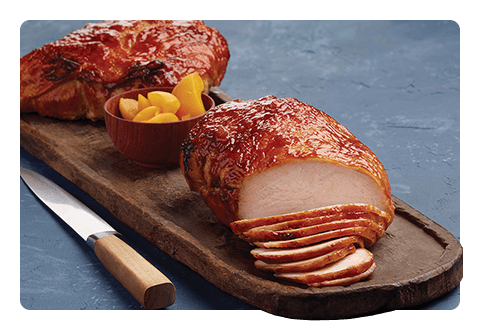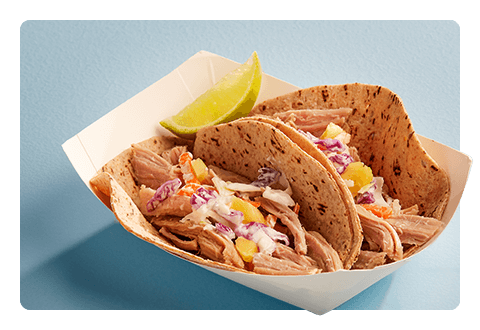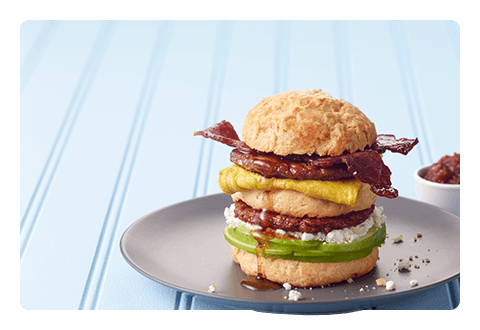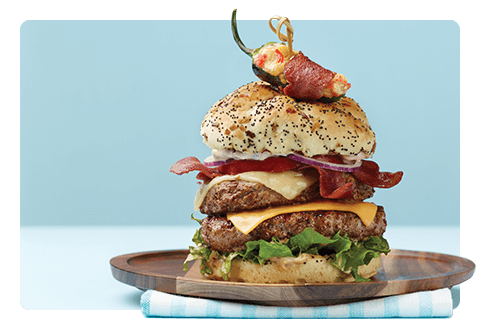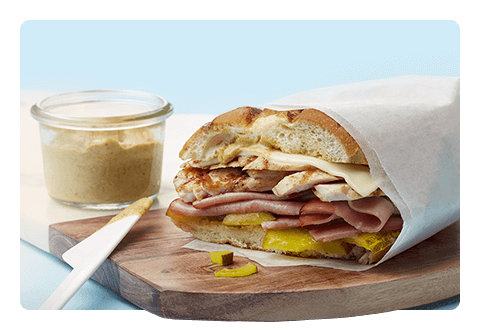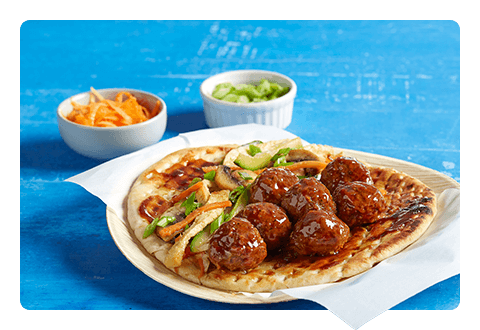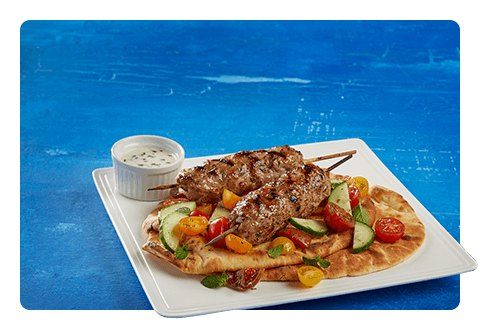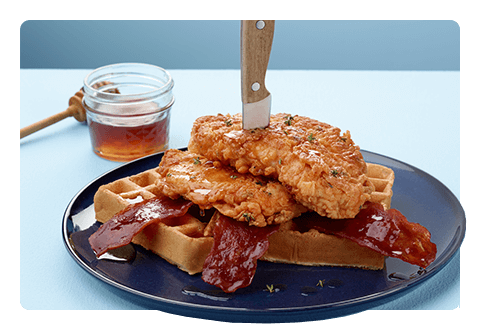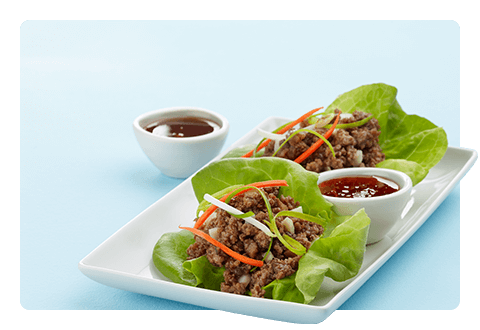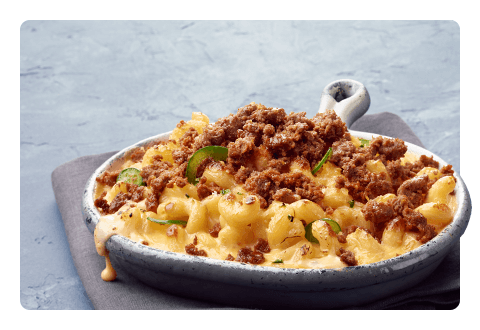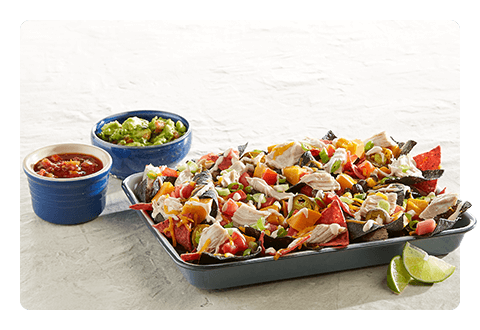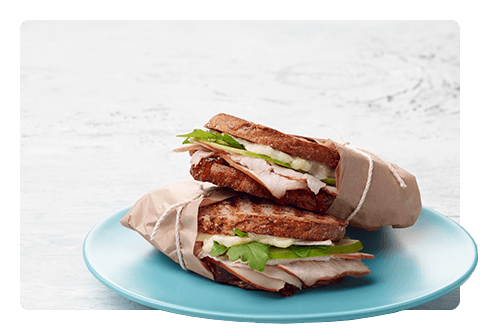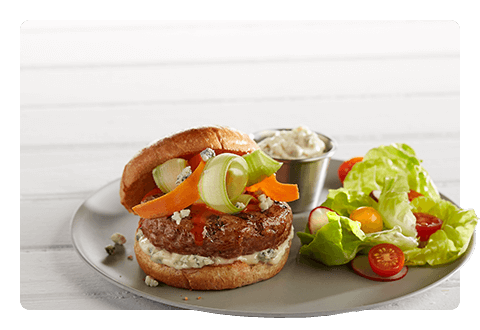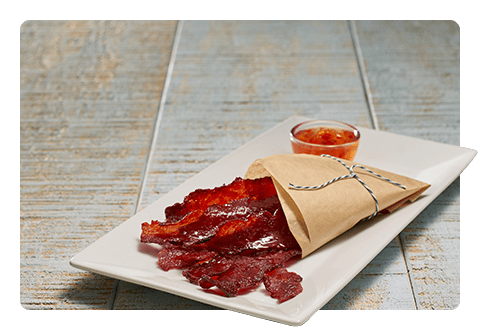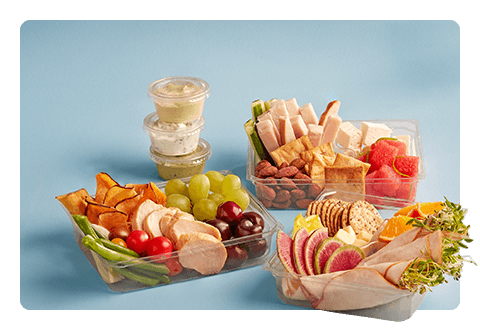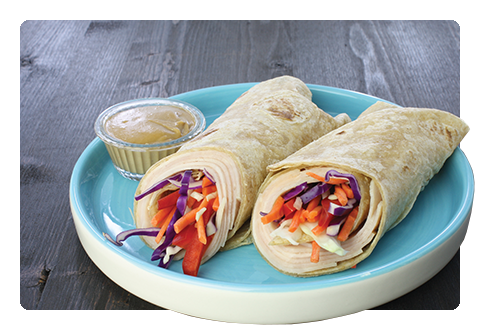How to Handle Food Sensitivities at Your Operation
Being careful with ingredients is a top priority at restaurants, especially when one in 10 adults in the U.S. has a food-related allergy. With proper staff training and established protocols, restaurant operators can reduce the risk of reactions while allowing guests with dietary restrictions to order confidently.
Diners with food sensitivities seek restaurants that accommodate them and frequently share recommendations within this community. Platforms such as the AllergyEats website and app allow users to rate a restaurant based on its flexibility. The feedback from AllergyEats then determines its annual list of most allergy-friendly restaurants, featuring establishments including Maggiano’s Little Italy, Bertucci’s and Chipotle.
Want to ensure your operation is a dining option for all patrons? Then keep in mind these tips when serving customers with food sensitivities:
- Beware of the eight major culprits. Nicknamed the “Big 8” and causing 90% of all allergic reactions, these foods are milk, eggs, peanuts, tree nuts, soy, wheat, fish and shellfish. Sesame is a rising allergen, and manufacturers could consider labeling it as such, potentially leading to the “Big 9.”
- Label the menu. Proper identification of allergens used in recipes makes it easier for diners to evaluate their options.
- Revamp food safety training. Many online programs make it easy to train staff about food allergy protocols, and mobile apps offer the convenience of completing training anywhere. To ensure that this information becomes second nature, provide refresher courses to team members across all levels of experience.
- Avoid cross contamination. Set aside space within the kitchen to prepare allergy-friendly meals, as even trace amounts of allergens can trigger reactions. Another preventative measure is to assign colors to equipment and tools reserved for these specific orders.
- Educate front-of-house staff. Waitstaff should ask patrons whether they have allergies, and if they do, it’s important that kitchen staff communicate with each other at every step of meal preparation. Questions should be directed to chefs or managers, although waitstaff still needs to know the ingredients and preparation process of the dishes offered. When serving guests with dietary restrictions, staff should check the recipe ingredients repeatedly.
- Remember that it’s all about the guest. Those with allergies are very loyal to restaurants that cater to their needs. Be flexible and amenable to special requests and substitutions where possible. Chefs can customize dishes to avoid allergens, such as swapping out sauces or sides. If this isn’t feasible, consider other dish recommendations.
It’s important to take food allergies and sensitivities seriously, as they are all unique. There’s no limit to what an allergen can be, nor how much it takes to trigger a reaction, which can range from mild to severe. With procedures, training and menu flexibility in place, restaurant operators can help provide all patrons with comfortable dining experiences.
How does your operation address food sensitivities? We’d love to hear your approaches on Facebook or LinkedIn. For more helpful information, visit our Tips page.
SOURCES
Buzalka, Mike. Study: 26 million American adults may be food allergic, Nation’s Restaurant News, January 2019.
Maggiano’s, Burtons Grill Named Most Allergy-Friendly Chains in America, Food Newsfeed, March 2018.
Shaw, Francine. Elevating Restaurant Food Allergy Protocols, Modern Restaurant Management, January 2019.
7 ways to spice up your food safety program, Nation’s Restaurant News, April 2018.


